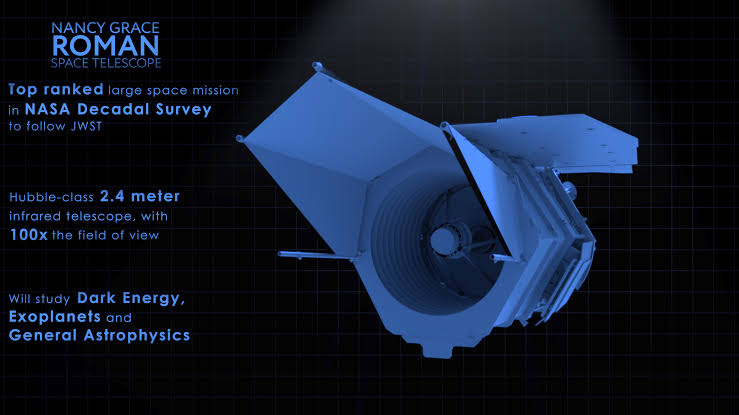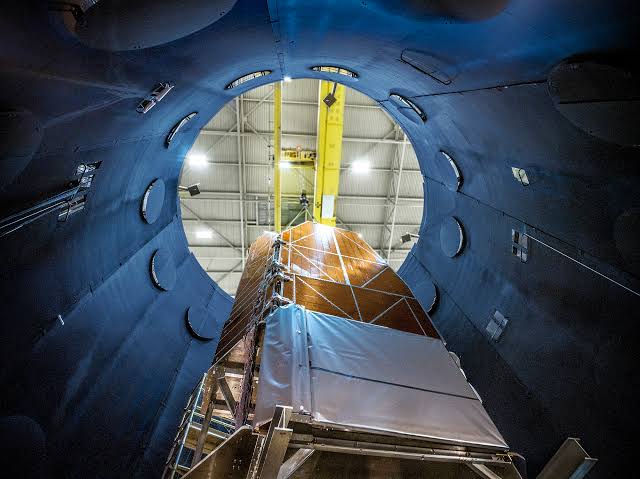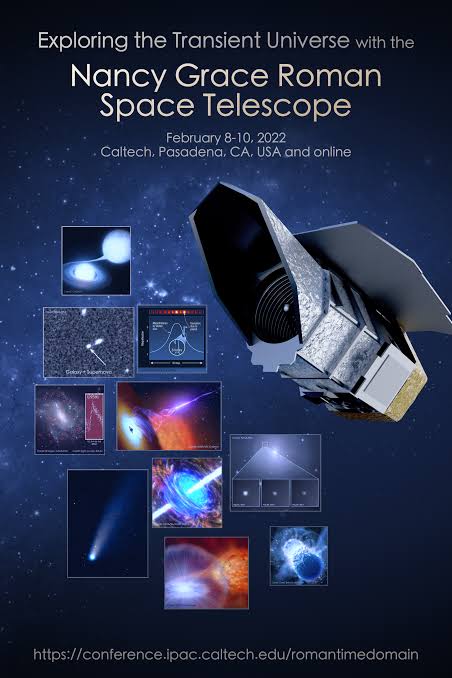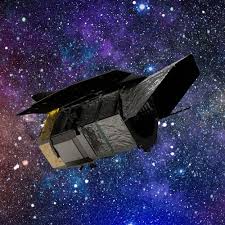The Nancy Grace Roman Space Telescope is a NASA infrared space telescope in development and scheduled to launch by May 2027. It is named after Nancy Grace Roman, the first chief astronomer of NASA. The telescope is designed to study a wide range of astronomical objects, including exoplanets, dark energy, and the early universe.

The Roman Space Telescope is a large space telescope with a 2.4-meter mirror. It will be equipped with two scientific instruments: a wide-field infrared camera and a coronagraph. The camera will be used to image distant galaxies, exoplanets, and other objects. The coronagraph will be used to block out the light from stars, allowing astronomers to study the faint objects that orbit them.

The Roman Space Telescope is expected to make significant advances in our understanding of the universe. It is expected to discover thousands of new exoplanets, including some that may be similar to Earth. It will also help astronomers to better understand dark energy, the mysterious force that is causing the universe to expand at an accelerating rate. The telescope will also study the early universe, providing new insights into its formation and evolution.
The Roman Space Telescope is a major new addition to NASA’s fleet of space telescopes. It is expected to make significant advances in our understanding of the universe and to answer some of the most pressing questions in astronomy.

Here are some of the key science goals of the Nancy Grace Roman Space Telescope:
- To discover and characterize thousands of exoplanets, including Earth-like planets in the habitable zone of their stars.
- To measure the expansion of the universe and to search for dark energy.
- To study the formation and evolution of galaxies, including the first galaxies that formed in the universe.
- To study the birth and death of stars, including supernovae and black holes.
- To study the atmospheres of exoplanets and to search for signs of life.
The Nancy Grace Roman Space Telescope is a powerful new tool for exploring the universe. It is expected to make significant advances in our understanding of the cosmos and to answer some of the most pressing questions in astronomy.
some additional details about the Nancy Grace Roman Space Telescope:
- The telescope will be launched into a Sun-synchronous orbit, which means that it will orbit the Earth once every 96 minutes. This will allow the telescope to observe the same objects over and over again, which is important for studying things like exoplanets and the expansion of the universe.
- The telescope will be equipped with a wide-field infrared camera and a coronagraph. The camera will be used to image distant galaxies, exoplanets, and other objects. The coronagraph will be used to block out the light from stars, allowing astronomers to study the faint objects that orbit them.
- The telescope is expected to be 100 times more sensitive than the Hubble Space Telescope in the infrared spectrum. This will allow it to see faint objects that are too dim for Hubble to see.
- The telescope is expected to discover thousands of new exoplanets, including some that may be similar to Earth. It will also help astronomers to better understand dark energy, the mysterious force that is causing the universe to expand at an accelerating rate. The telescope will also study the early universe, providing new insights into its formation and evolution.
The Nancy Grace Roman Space Telescope is a major new addition to NASA’s fleet of space telescopes. It is expected to make significant advances in our understanding of the universe and to answer some of the most pressing questions in astronomy.Here are some specific examples of what the Nancy Grace Roman Space Telescope is expected to achieve:
- Discover thousands of new exoplanets, including Earth-like planets in the habitable zone of their stars. This will help astronomers to better understand the prevalence of planets like Earth and to search for life beyond Earth.
- Measure the expansion of the universe and to search for dark energy. This will help astronomers to understand the mysterious force that is causing the universe to expand at an accelerating rate.
- Study the formation and evolution of galaxies, including the first galaxies that formed in the universe. This will help astronomers to understand how galaxies formed and evolved over time.
- Study the birth and death of stars, including supernovae and black holes. This will help astronomers to understand how stars work and how they die.
- Study the atmospheres of exoplanets and to search for signs of life. This will help astronomers to search for life beyond Earth and to understand how life might have originated.
The Nancy Grace Roman Space Telescope is a powerful new tool for exploring the universe. It is expected to make significant advances in our understanding of the cosmos and to answer some of the most pressing questions in astronomy.

